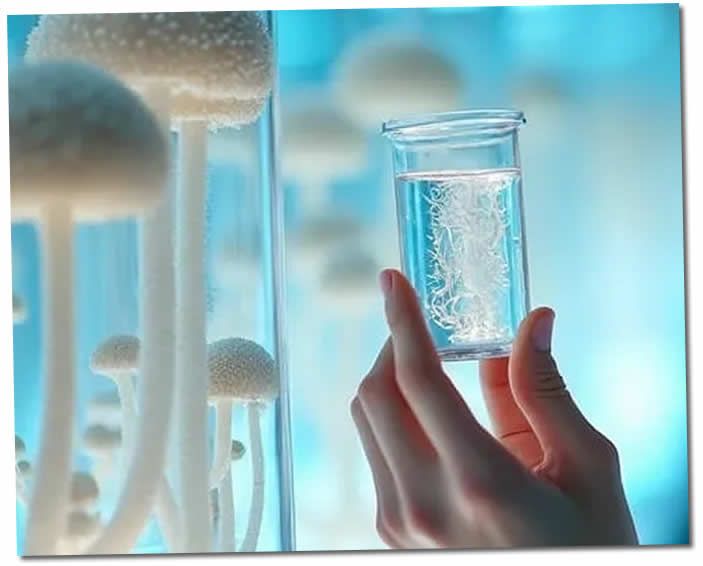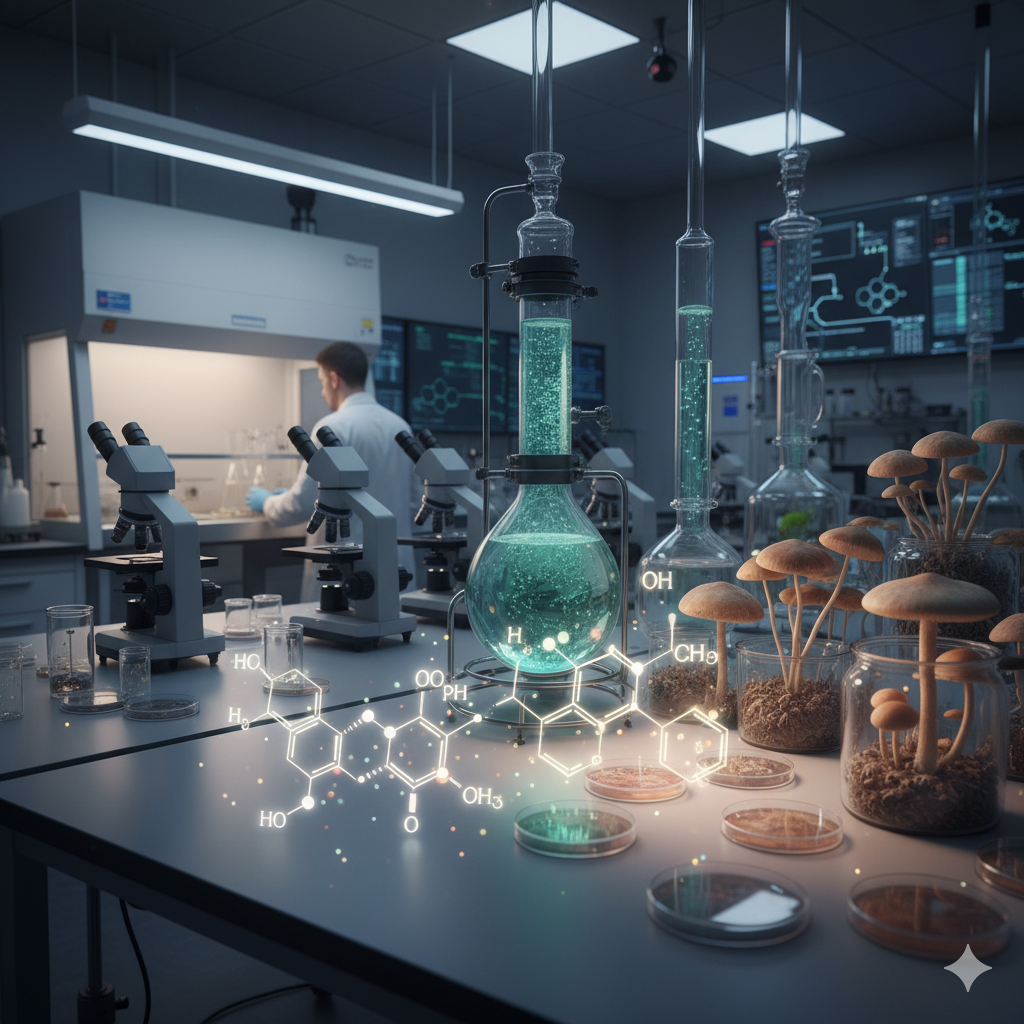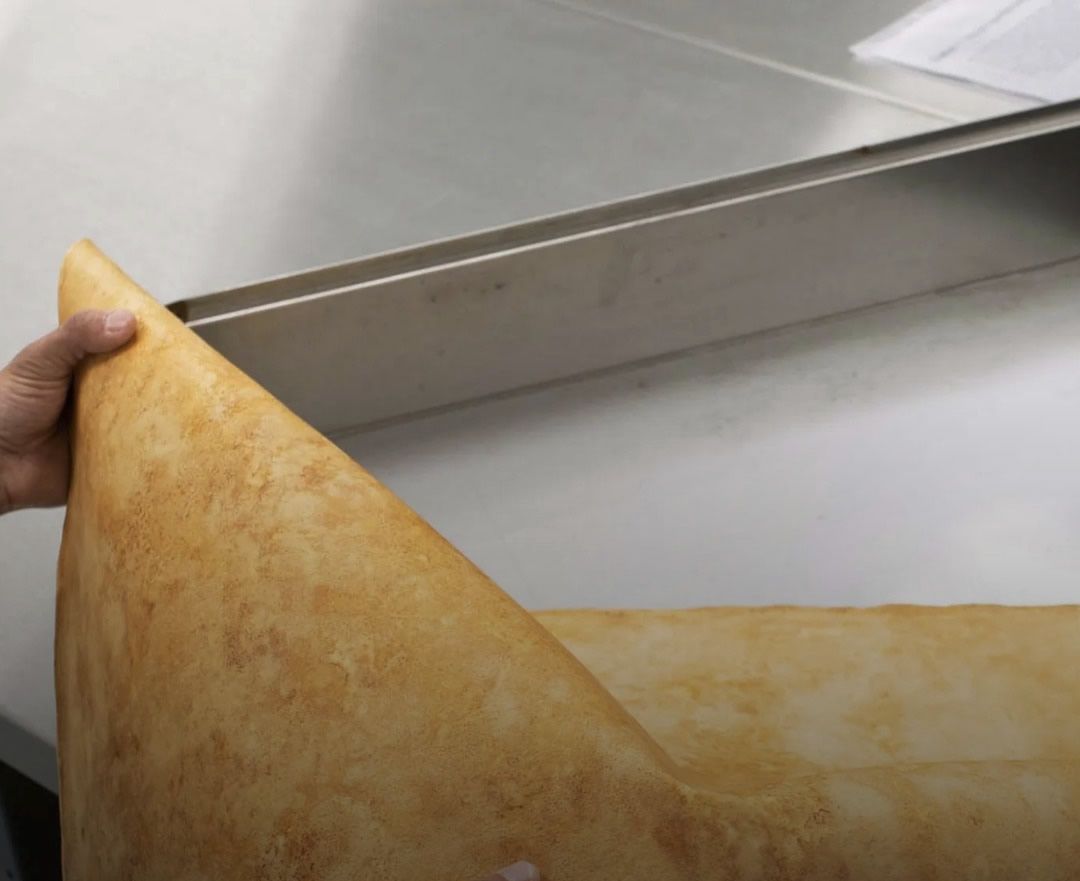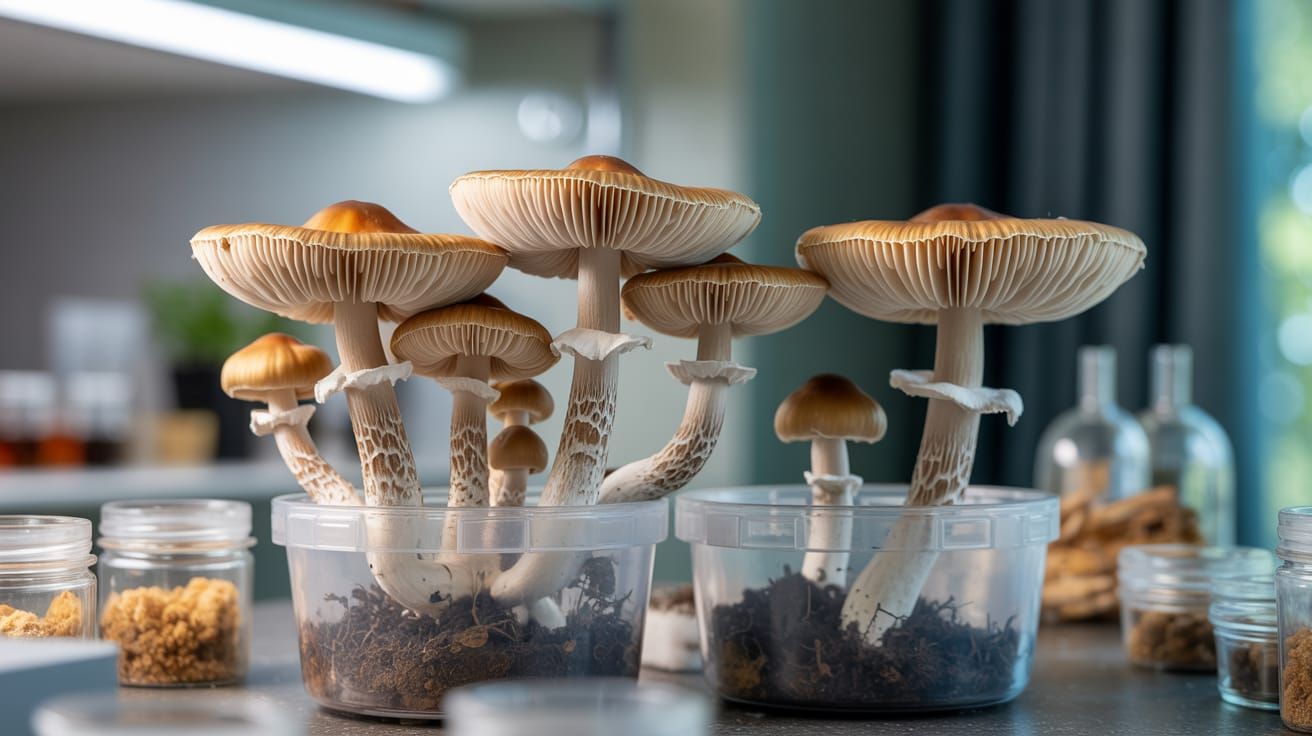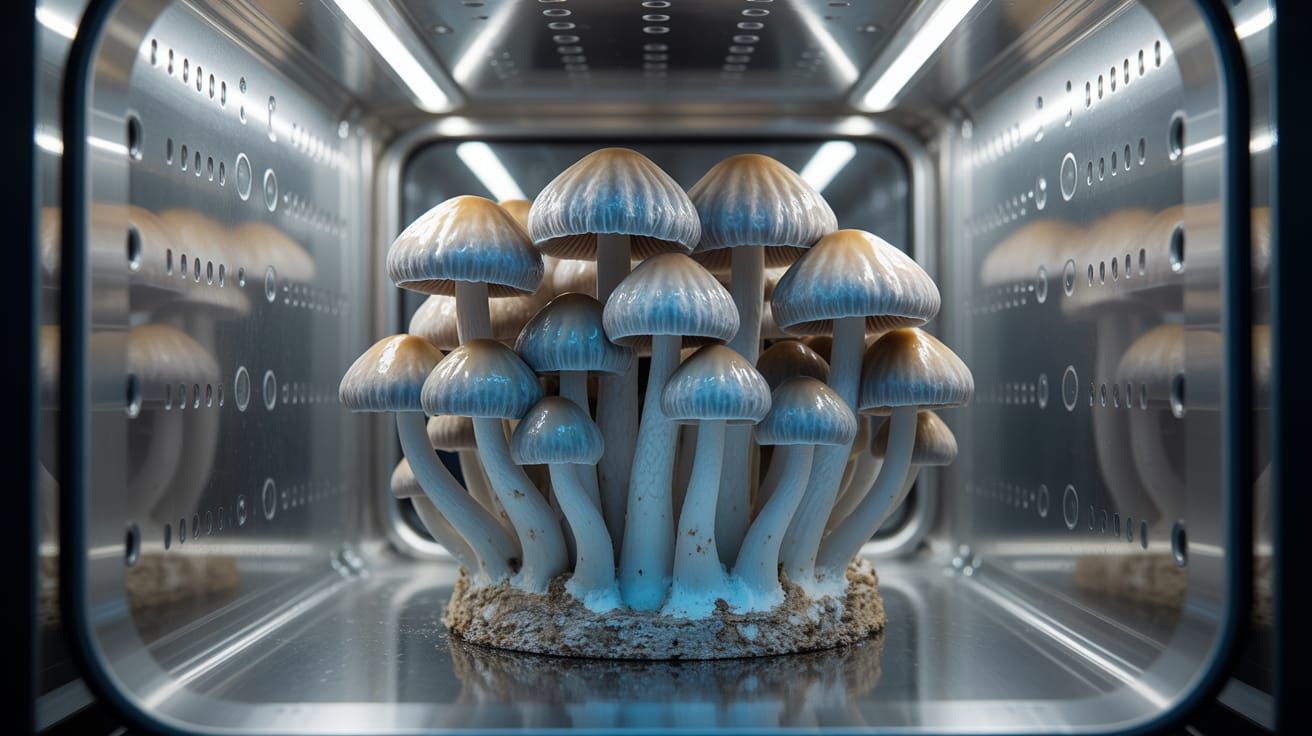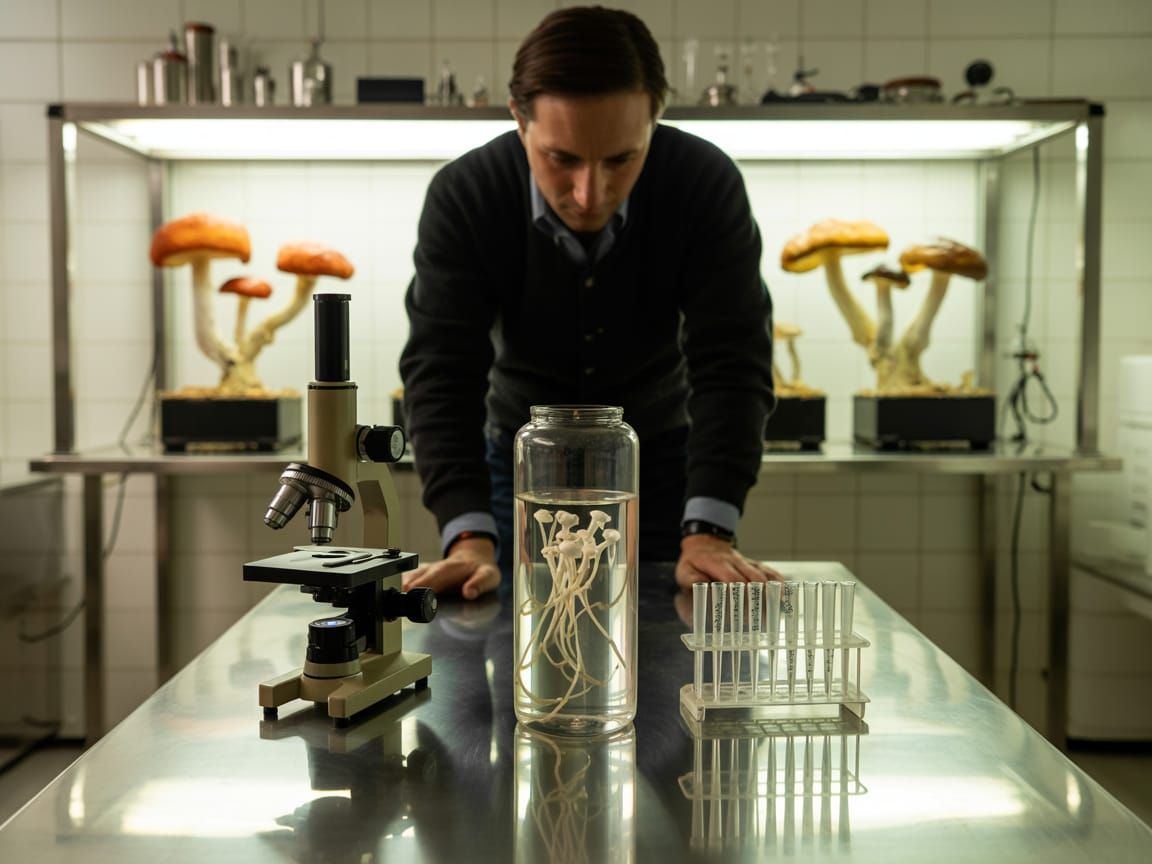Liquid Culture & Spore Syringe Inoculations: What works best?
The Mycology Showdown between inoculation methods.
LC VS SPORES
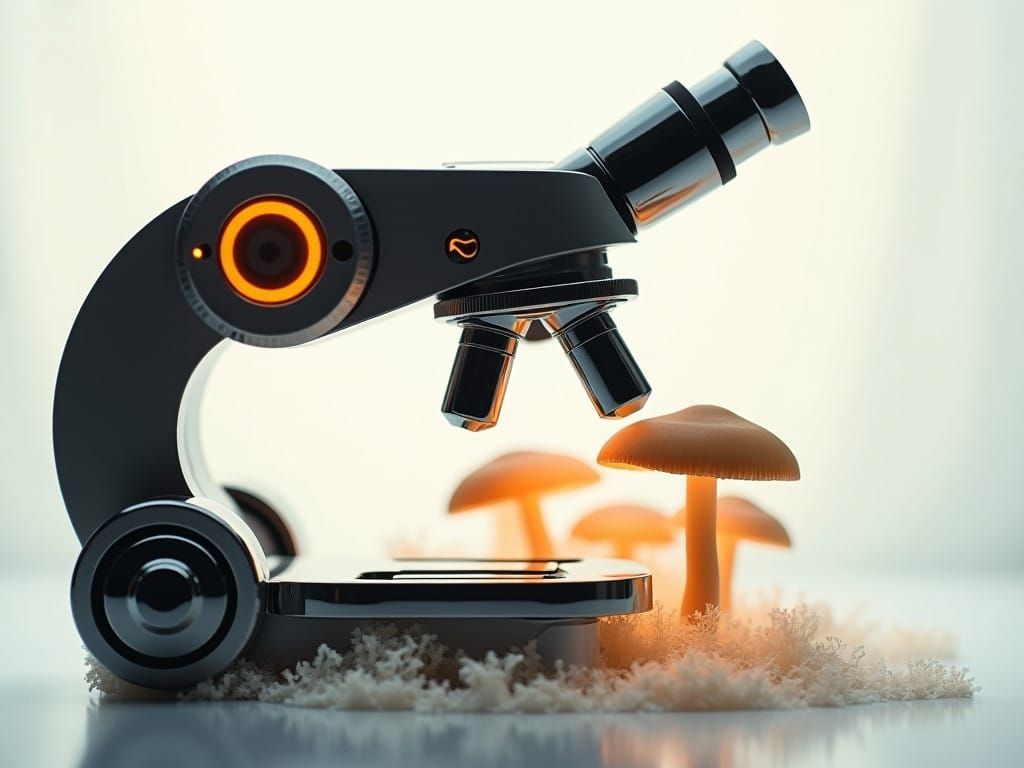
If you’re just dipping your toes into the world of mycology, you’ve probably come across two popular tools for inoculating your grains or substrates: spore syringes and liquid culture (LC) syringes. At first glance, they might seem interchangeable. After all, both involve squirting a liquid into your jars or bags, right? But if you’re serious about reducing contamination and maximizing your success rate, knowing the key differences is essential.
Let’s break it down, starting with the basics:
What’s inside these syringes?
Inside a Spore Syringe
A spore syringe contains a suspension of spores—the reproductive units of fungi—floating in sterilized water or a nutrient solution. Think of spores like the seeds of a mushroom; they hold the genetic potential for future growth. Each syringe has millions of microscopic spores, and these spores are non-germinated (not actively growing).
Spores101.co is a fantastic source for high-quality spore syringes and prints. They’ve got a wide range of species available, perfect for microscopy research or agar work. However, keep in mind that spore syringes are not ideal for direct inoculation of grains or substrate. I’ll explain why in a bit.
Inside a Liquid Culture (LC)
A liquid culture syringe contains live, actively growing mycelium suspended in a nutrient-rich solution, typically a mix of water and light carbohydrates like malt or dextrose. LC is essentially a head start in the cultivation process because the mycelium is already formed and raring to go. This makes liquid culture an excellent choice for grain inoculations.
For reliable and diverse liquid cultures, check out infinitylc.cc. Their LCs are consistent and tested, making them a solid choice for home mycology projects.
Why Spores Are Not Ideal for Grain Inoculation
While it’s tempting to use a spore syringe for everything, including grain inoculation, it’s not the best practice. Here’s why:
- Unpredictable Germination: Spores are dormant and need time to germinate. This delay gives contaminants (like mold and bacteria) a head start, especially in nutrient-rich environments like grains.
- Genetic Diversity: Spore syringes contain millions of spores, leading to multiple genetic strains competing within your substrate. This can result in slower colonization or weak, unproductive mycelium.
- Contamination Risk: Spores are more susceptible to contamination. If even one mold spore gets into your jar, it’s game over. Users often blame the vendor, thinking they received a bad syringe, but the real issue is improper use.
The takeaway?
Spore syringes shine when used for inoculating agar plates. On agar, you can isolate and grow healthy, contamination-free mycelium, which you can later transfer to grains or use to create your own liquid culture.
Why Liquid Culture is Superior for Grain Inoculation
Liquid culture is like mycelium on steroids. The mycelium in LC is pre-grown and ready to colonize your grains immediately. Here’s why it’s the MVP:
- Speed: With LC, there’s no waiting for spores to germinate. The mycelium can start colonizing your grains the moment it’s injected.
- Lower Contamination Risk: Since the mycelium is already established, it’s better equipped to outcompete potential contaminants.
- Consistency: Liquid culture ensures you’re inoculating with a single strain of healthy mycelium, leading to faster, more uniform colonization and better yields.
A quick story: When I first started, I thought spore syringes were the way to go for everything. After ruining multiple grain jars and blaming the spores, I finally gave LC a shot. My success rate skyrocketed. Grain jars colonized in half the time, and the frustration of dealing with contamination became a thing of the past. Lesson learned: use the right tool for the job.
Benefits of Each Method
Spore Syringes:
- Great for microscopy research.
- Ideal for inoculating agar plates.
- Provides genetic diversity for isolating unique strains.
Liquid Culture:
- Perfect for grain inoculation.
- Faster colonization times.
- Lower risk of contamination.
- Consistent and reliable results.
Basic Inoculation Procedures
Inoculating Agar with a Spore Syringe:
- Prepare Your Workspace: Use a still air box or work in front of a flow hood. Sterilize the area with isopropyl alcohol and flame-sterilize your tools.
- Prepare the Agar: Pour sterilized agar into petri dishes and let it solidify. Ensure the dishes are covered to prevent contamination.
- Inoculate the Agar: Shake your spore syringe to evenly distribute the spores. Flame-sterilize the needle, let it cool, and place a small drop of spore solution onto the agar. Optionally, use a sterilized loop to spread the spores.
- Seal and Label: Cover the dish, seal the edges with parafilm, and label it with the species and inoculation date.
- Incubate: Store the plates at the appropriate temperature (usually 75-80°F) and watch for mycelium growth over the next 7-14 days.
Inoculating Grains with Liquid Culture:
- Prepare Your Grains: Hydrate and sterilize your grains (e.g., rye or millet) in jars or bags. Let them cool to room temperature.
- Set Up Your Workspace: Clean your workspace thoroughly and work in sterile conditions.
- Inoculate: Shake the LC syringe to distribute the mycelium. Flame-sterilize the needle, let it cool, and inject 1-2 mL of LC into each jar or bag via the injection port or through a sterilized hole.
- Seal and Shake: Seal the jars or bags and gently shake to distribute the LC throughout the grains.
- Incubate: Place the jars or bags in a dark, warm environment (75-80°F). Within a few days, you should see mycelium spreading across the grains.
Pro Tips for Success
- Always Work in a Clean Environment: Whether you’re using spores or LC, invest in a still air box or, even better, a flow hood. Sterility is key.
- Start with Agar: Use spore syringes to inoculate agar plates and transfer healthy mycelium to create your own LC. This will give you control over genetics and contamination.
- Buy from Trusted Sources: Spores101.co for spore syringes and infinitylc.cc for liquid cultures are both top-notch.
- Label Everything: Keep track of inoculation dates and strains to avoid confusion later.
Mycology Glossary
- Agar: A gelatinous substance used as a growth medium for spores and mycelium.
- Contamination: The presence of unwanted microorganisms in your culture.
- Germination: The process by which spores begin to grow into mycelium.
- Inoculation: The act of introducing spores or mycelium into a substrate.
- Liquid Culture (LC): A nutrient-rich solution containing live mycelium.
- Mycelium: The vegetative part of a fungus, consisting of a network of thread-like structures called hyphae.
- Substrate: The material (like grains or compost) that fungi colonize and feed on.
Understanding the differences between spore syringes and liquid culture is a game-changer for your mycology journey. Use spores for agar work to isolate strong genetics, and let liquid culture take the wheel for fast, efficient grain inoculations. By working smart and sourcing from reliable vendors like Spores101.co and infinitylc.cc, you’ll be on your way to cultivating with confidence.


